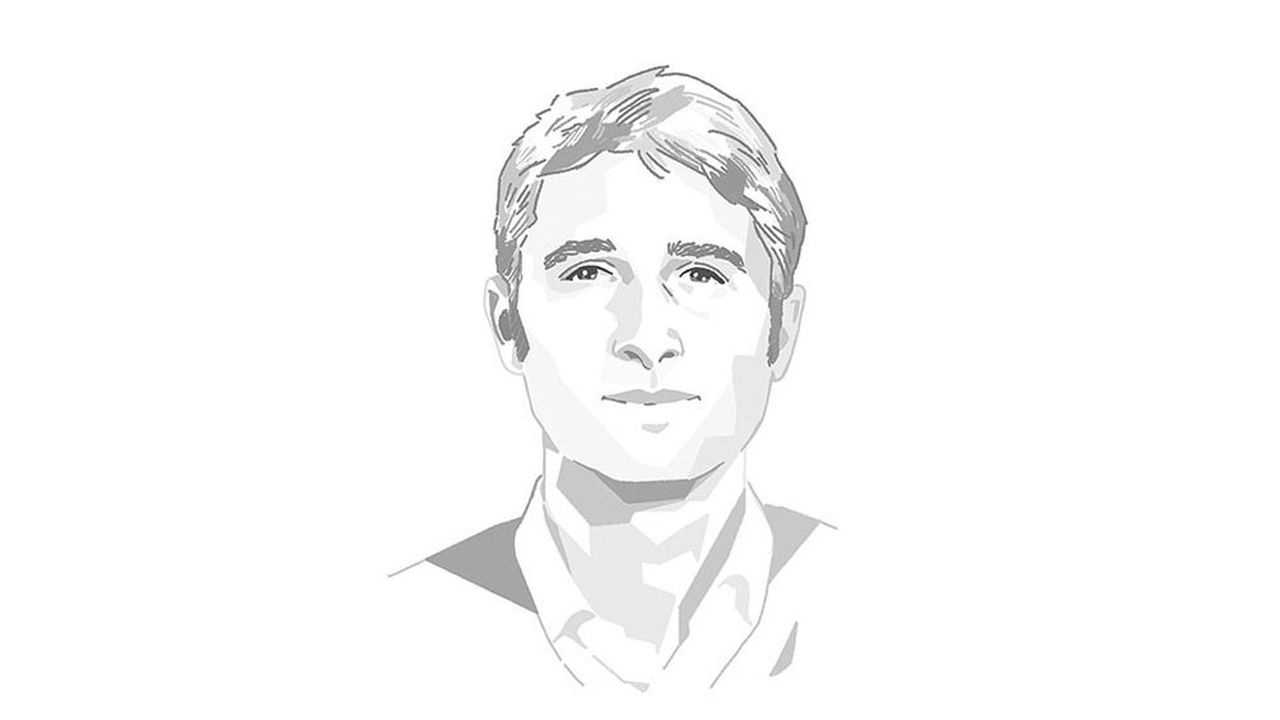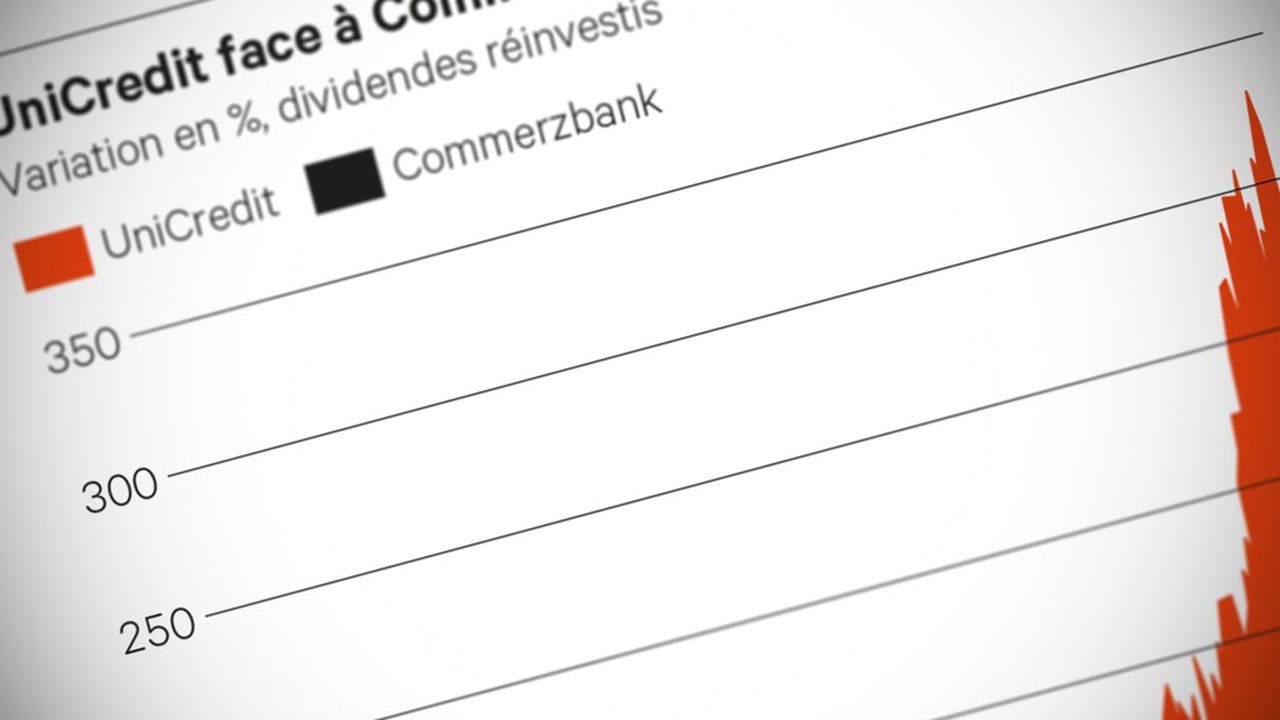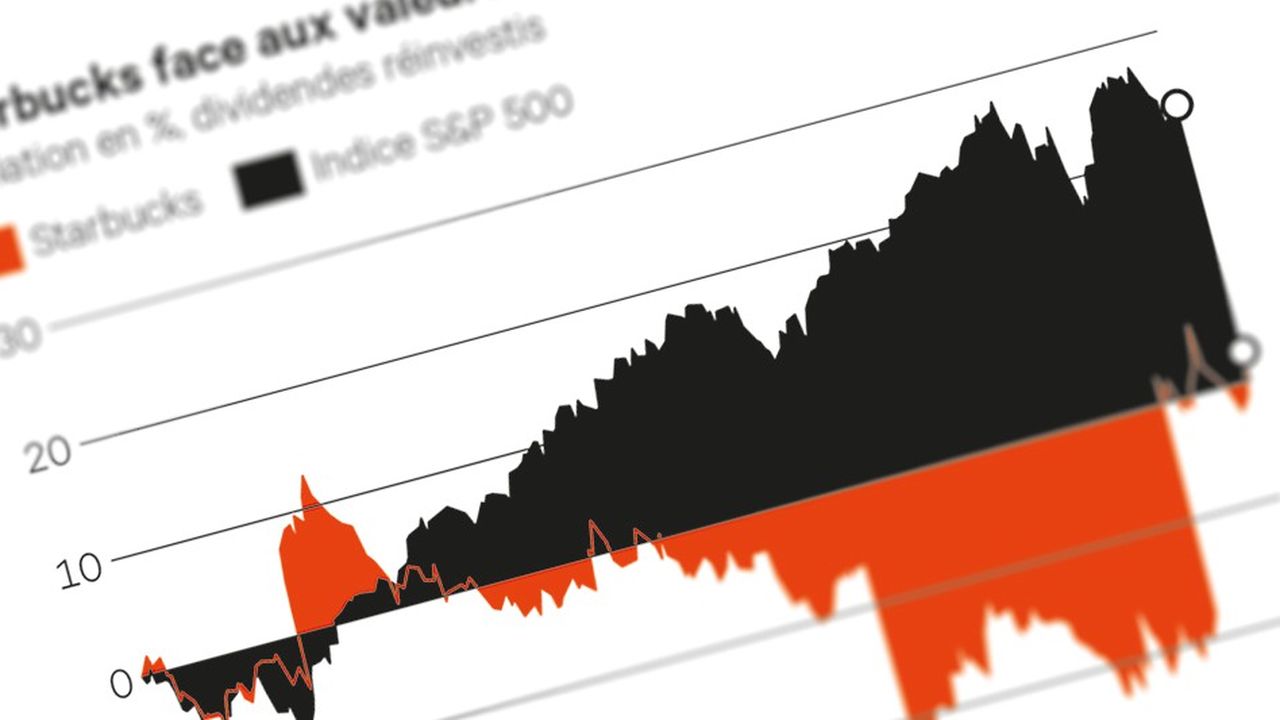
Since the end of the pandemic, we have entered a world of higher inflation and rates, low growth, and mega-forces that are reshaping the global economy.
The dual digital and low-carbon transition, the aging of the population and geopolitical fragmentation are giving rise to considerable investment needs, particularly in infrastructure. After decades of a financial economy dominated by the actions of central banks, the real economy is making a comeback.
After decades of financial economy dominated by the actions of central banks, the real economy is making a comeback.
Private client investors’ portfolios should be able to reflect this new reality in order to benefit from the diversification and inflation protection advantages offered by real assets, an asset class expected to grow rapidly in the coming years. The new version of European Long-Term Investment Funds, or ELTIF 2.0, has the potential to profoundly transform access to private markets.
New “evergreen” investment strategies
The ELTIF 2.0 envelope now includes so-called “evergreen” investment strategies, i.e. without an end date, which allows investors to remain exposed to private assets over a long horizon, avoiding the operational complexity of closed-end fund structures that have prevailed until now with precise subscription-redemption and capital raising windows – which only institutional investors are able to cope with.
This new structure offers a certain liquidity with subscriptions or redemptions at a semi-annual, quarterly or even monthly pace, while allowing to retain part of the illiquidity premium inherent in unlisted assets. It also allows for greater diversification of exposure to private assets. The alignment of the adequacy testing procedure of these new funds with that of Mifid 2 is another source of simplification, while the expansion of the investment universe to the whole world should give European investors the opportunity to benefit from the growth potential and higher returns of private markets on a global scale.
Simpler and more flexible
These developments should strengthen the appeal of private markets to a broader base of private investors and the distribution segment in Europe. These investors appreciate being able to give meaning to their investments, with underlying assets that meet essential needs such as the climate or digital transition. By allowing them to be constantly invested in private markets, to enter and exit them more flexibly. For distributors and financial intermediaries, it is the possibility of deploying a range of funds exposed to private markets on a large scale, to offer a more granular allocation and to manage the liquidity needs of their clients by combining listed and unlisted assets.
The adoption of simpler and more flexible ELTIF 2.0 could help meet the considerable investment needs in the real economy that States cannot meet alone. In this regard, we can only welcome the provisions of the Green Industry law in France, which will encourage insurers to allocate part of the funds invested in life insurance or in a Retirement Savings Plan in unlisted assets. According to a recent report by the rating agency Scope, the French are those who have shown the greatest appetite for ELTIFs in Europe, with 4.7 billion euros invested by the end of 2023.
The adoption of simpler and more flexible ELTIF 2.0 could help address the considerable investment needs in the real economy that States cannot meet alone.
However, one question remains central: that of education and pedagogy for end investors. How to understand the illiquidity inherent in private assets, how to consider the overall liquidity of the portfolio, what place for unlisted assets within a diversified asset allocation? So many crucial questions to which managers will have to provide answers in partnership with distributors.
Fabio Ostais responsible for distribution for private markets in Europe at Blackrock.










